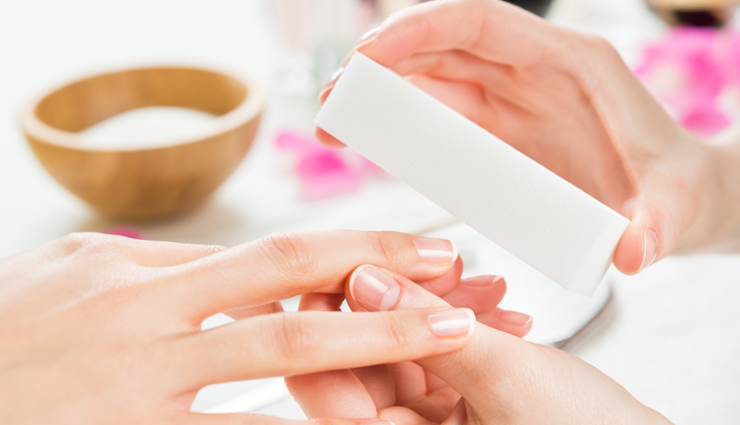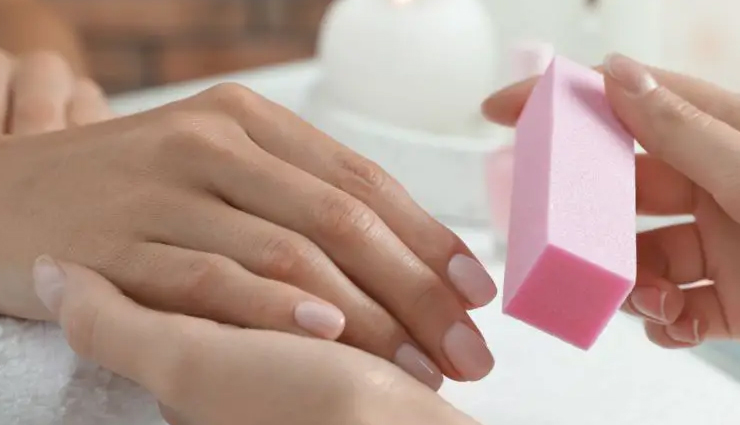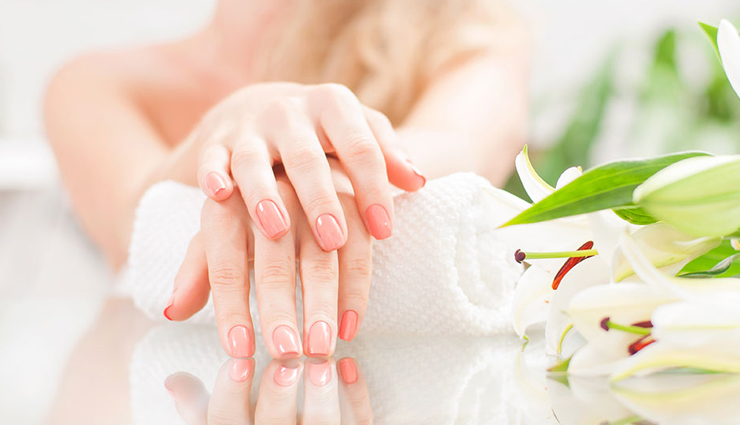The Nail Buffer: Your Secret Weapon For Flawless Nail Health And Shine
By: Priyanka Maheshwari Wed, 15 Nov 2023 01:59:06

When it comes to nail care, there's an unsung hero that often gets overlooked: the humble nail buffer. This simple tool does more than smooth out the surface of your nails—it's an integral part of maintaining nail health and achieving that coveted natural gloss. Beyond merely aesthetic improvements, consistent use can contribute to the overall integrity of your nails, ensuring they're not just beautiful but strong and resilient as well. Discover how this secret weapon can transform your nail care regimen and promote a flawless finish that no polish can match.

The Basics of Nail Buffing
Before diving into the transformative powers of this tool, it's crucial to understand what buffing actually does. Essentially, it's a method of polishing the nails using a slightly abrasive surface to even out ridges and remove the dull, topmost layer of the nail. It's a process that, when done correctly, stimulates blood flow to the nails, promoting stronger and healthier growth. Buffing not only enhances the appearance of your nails but also prepares them for the perfect application of nail polish, ensuring a smoother and more even colour application. With a properly buffed nail surface, your manicure can achieve professional-level results with remarkable longevity.
Step-by-Step: Achieving the Perfect Buff
A good buffing routine involves a few key steps. Start with clean, dry nails to ensure an even texture. Use the coarse side of the buffer to work away any unevenness gently, then progress to the finer side for smoothing. The last step involves a side that’s specifically designed to bring out the shine. This stage is like the cherry on top—it’s where the magic happens, and the natural lustre of your nails is fully revealed. Not only does this final gleaming layer look attractive, but it also acts as a barrier, protecting your nails from moisture loss and environmental damage, keeping them healthy and robust.

The Do's and Don’ts of Nail Buffing
While buffing can be incredibly beneficial, it’s also easy to overdo it. Frequent buffing can thin the nails, making them more susceptible to damage. Experts recommend buffing no more than once weekly to maintain thickness and health. Additionally, applying too much pressure can cause heat and friction, which may lead to splitting and cracking. Gentle, consistent strokes are the key to avoiding damage. Moreover, it’s crucial to allow your nails some downtime between sessions to recover fully and maintain their natural strength.
The Underlying Benefits of Nail Health
Beyond the immediate gratification of shiny nails, the benefits of buffing extend beneath the surface. By removing the dead top layer of the nail, you’re encouraging the renewal of the nail plate. Plus, the action of buffing can improve blood circulation to the nail bed, nourishing the nails from within. This can result in more even nail growth and a reduction in problems like peeling or breakage over time. Regular buffing not only contributes to the aesthetic appeal but also bolsters the nail’s defence against fungal infections by maintaining a clean and smooth surface.
Choosing the Right Tool for You
With a plethora of options on the market, selecting the right tool is paramount. Look for a multi-sided buffer with different levels of coarseness. The best versions will have three to four sides, ranging from gritty to fine, ending with a soft, polishing surface. The right tool will make the process easier and more effective, providing the best possible results for your nails.
Conclusion
Embracing a nail buffer in your beauty routine could be the turning point for achieving healthier, shinier nails. It’s a testament to the fact that sometimes the smallest tools can make the biggest impact. When wielded properly, this compact but mighty tool not only imparts a beautiful sheen but also strengthens and fortifies your nails.





